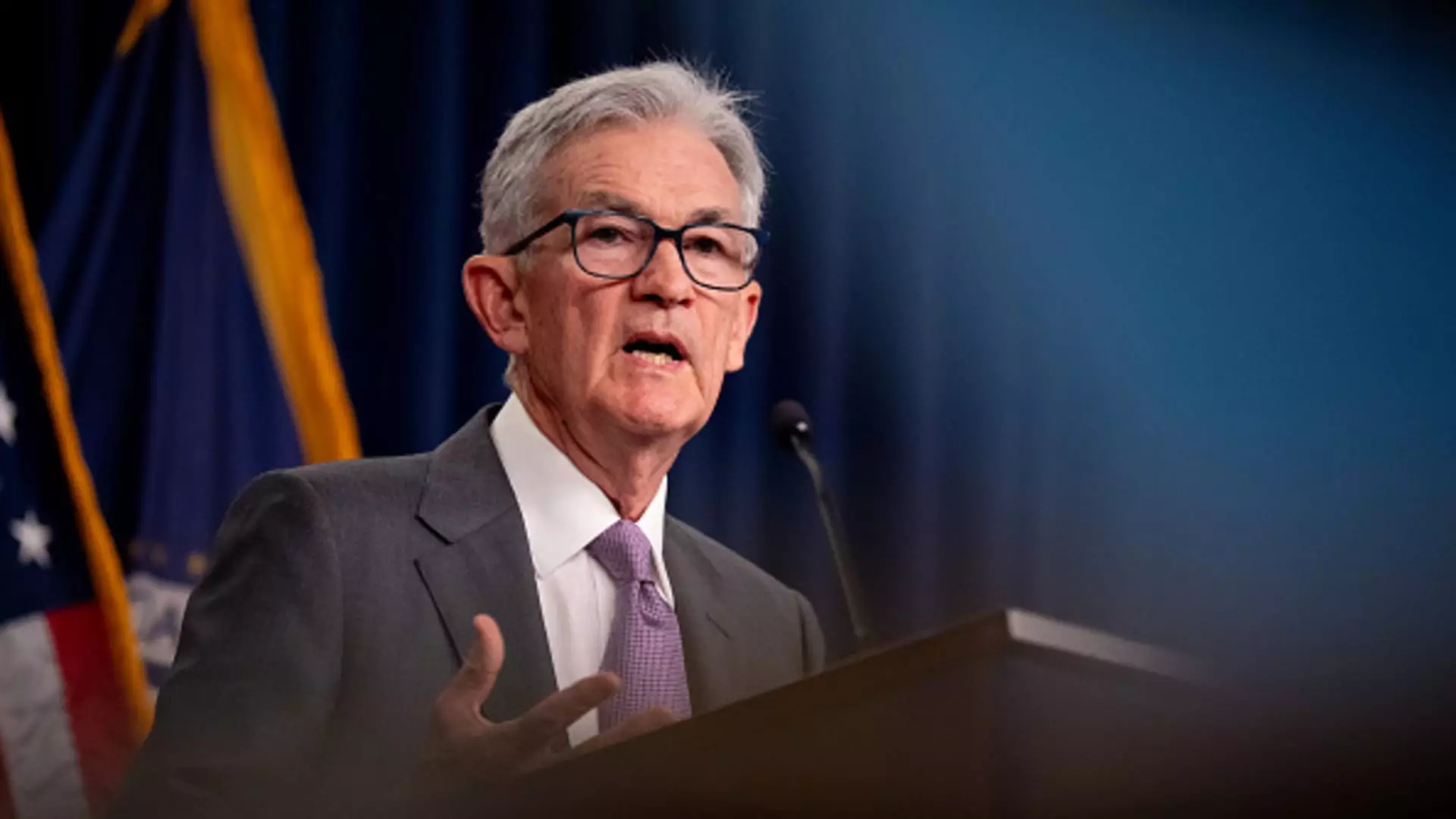In a highly anticipated keynote address at the annual retreat in Jackson Hole, Wyoming, Federal Reserve Chair Jerome Powell hinted at potential interest rate cuts in response to changing economic conditions. Powell emphasized the importance of adjusting policy given the evolving outlook and balance of risks, signaling a shift in the central bank’s stance towards monetary policy.
Powell acknowledged the series of 11 aggressive rate hikes from March 2022 through July 2023, driven by concerns about inflation. However, with inflation declining and the labor market showing signs of improvement, the Fed is now shifting its focus to maintaining full employment. Powell described how supply constraints have normalized, leading to a change in the balance of risks between inflation and employment.
As Powell’s speech unfolded, markets reacted by adding gains, with Treasury yields dropping sharply. Traders have been anticipating a rate cut, with a 100% chance of at least a quarter percentage point reduction in September. The odds of a potential half-point reduction have also increased, reflecting investors’ expectations of imminent policy changes.
While the inflation rate has been gradually moving back towards the Fed’s target of 2%, it has not yet reached that level. The latest data shows a rate of 2.5%, down from its peak above 7% in June 2022. Unemployment, on the other hand, has been on the rise, reaching 4.3%, a level that would typically signal a recession. Powell attributed this increase to more people entering the workforce, rather than layoffs or deteriorating labor market conditions.
Despite the market’s expectations of rate cuts in September, Powell did not provide specific details on the timing of policy easing. The minutes from the July open market committee meeting indicated that the majority of officials are in favor of a cut next month, barring any unexpected data. Analysts interpret Powell’s speech as dovish, suggesting a willingness to take action as needed to support the economy.
Powell devoted a significant portion of his speech to analyzing the factors behind the recent surge in inflation, which reached its highest level in over 40 years. Initially dismissed as transitory, inflation spread from goods to services, prompting the Fed to respond with a series of rate hikes. Powell attributed the rise in inflation to global factors such as increased demand for goods, strained supply chains, and rising commodity prices.
In concluding his speech, Powell emphasized the importance of anchored inflation expectations and central bank actions in facilitating disinflation without the need for significant economic slack. He acknowledged that there is much to be learned from recent events and encouraged further analysis of the Fed’s response to inflationary pressures.
Overall, Powell’s speech laid the groundwork for potential interest rate cuts in response to changing economic conditions. The Fed’s focus on maintaining full employment and managing inflation expectations reflects a shift towards a more balanced approach to monetary policy. Market reactions suggest that investors are anticipating policy changes in the near future, with expectations of rate cuts in September. As the Fed continues to monitor economic data and assess the evolving outlook, the path towards interest rate cuts remains uncertain but imminent.

Leave a Reply